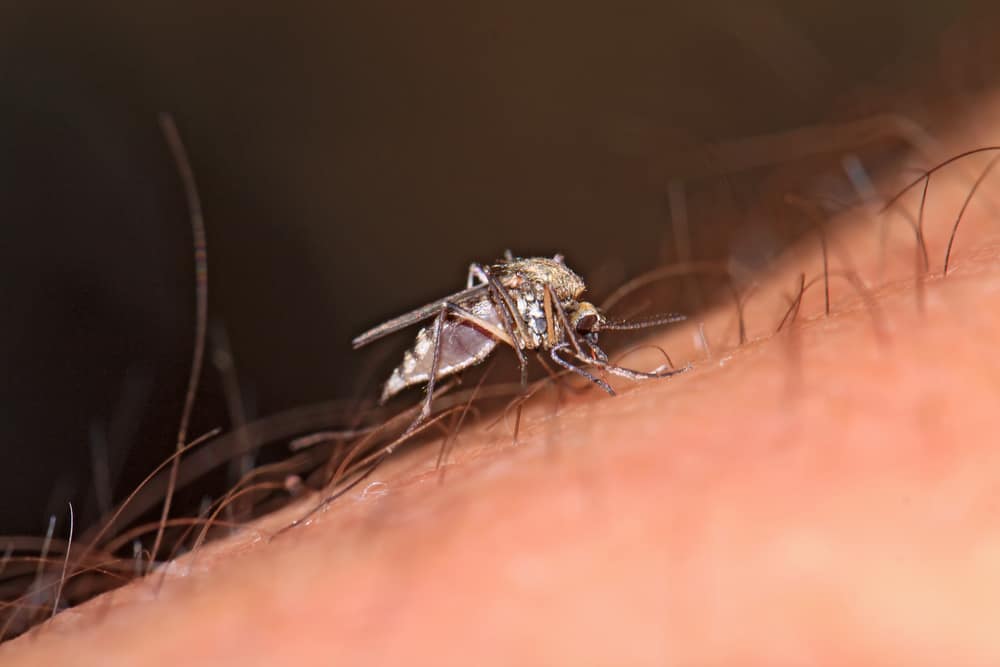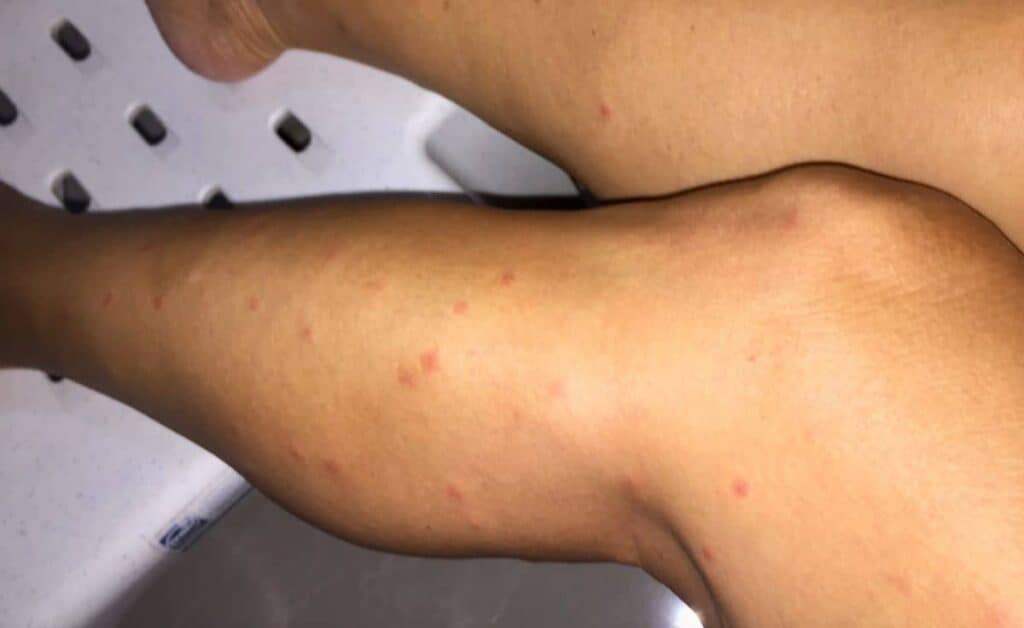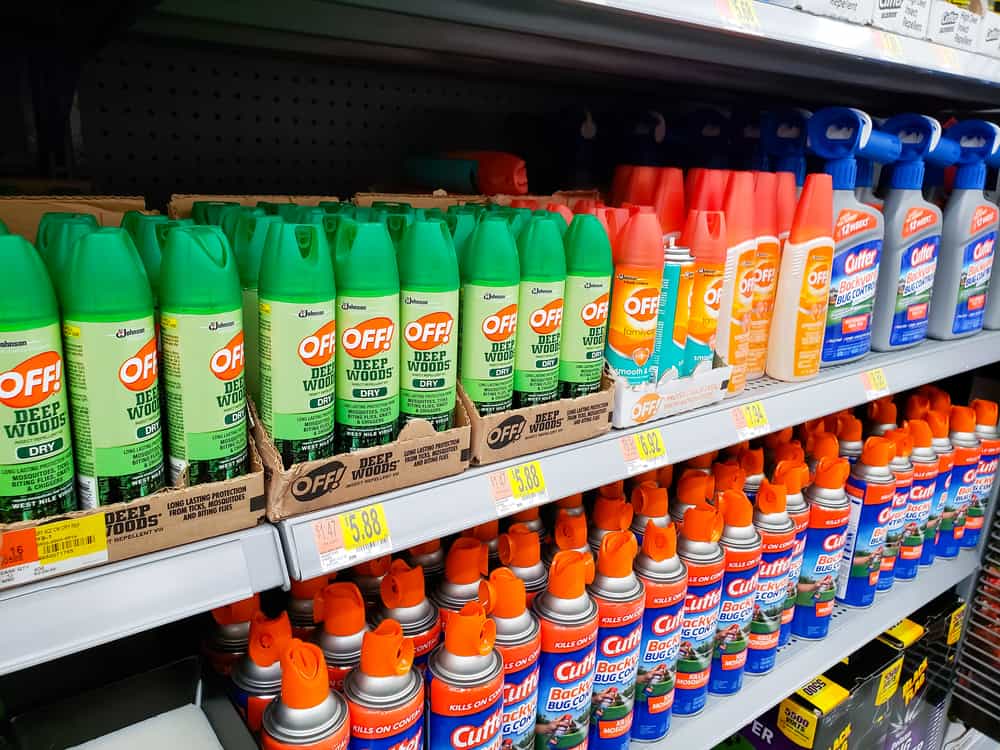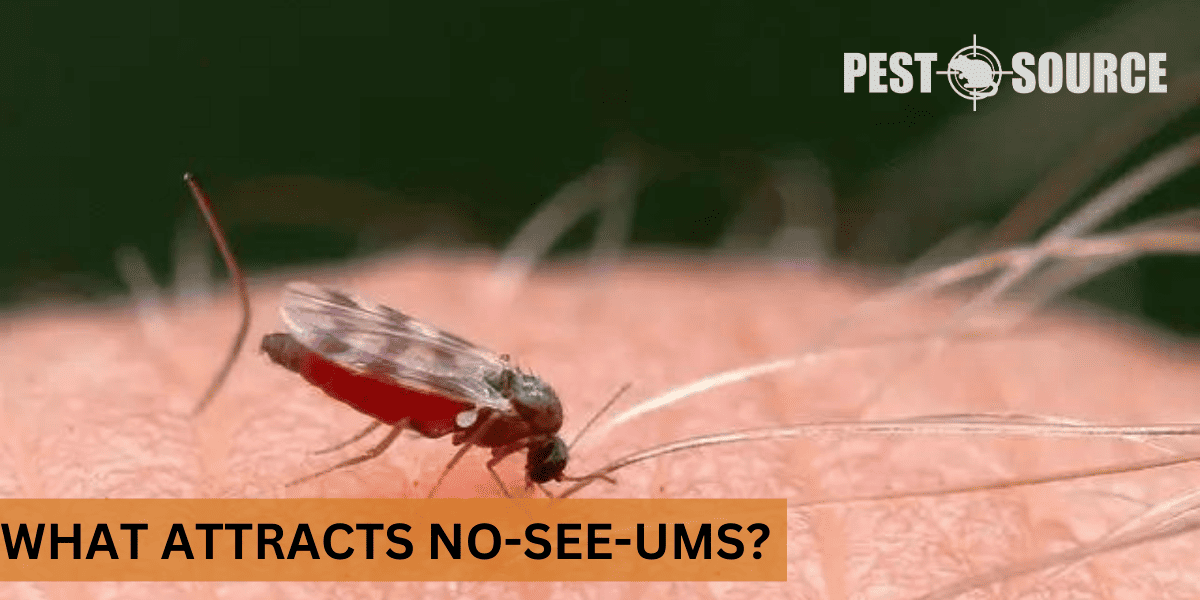Have you ever felt a sting, noticed red, itchy bumps on your skin, but saw no sign of the assailant? You might have been bitten by a no-see-um, a tiny bloodsucker often mistaken for mosquitoes due to their similar symptoms. Also known as biting midges, sand flies, or punkies, these tiny pests can make their presence felt in a not-so-pleasant way.
This article will shine a light on these nearly invisible doers, unveil what attracts them to humans and environments, how to recognize their bites, and, most importantly, how to effectively repel and prevent these bothersome bites. Whether you’re curious, itching for information, or simply wish you could see less of these no-see-ums, read on.
POINTS
- No-see-ums are attracted by various factors including the carbon dioxide we breathe out, heat from our bodies, body odors especially from sweat, strong scents of colognes or perfumes, dark colors that absorb more heat, and moisture-rich environments that serve as their breeding ground.
- No-see-um bites typically manifest as tiny, itchy red bumps, resembling mosquito bites. However, the itchiness tends to be more intense and lasts longer, and they often leave clustered bites.
- Repellents using active ingredients like DEET, Picaridin, or oil of lemon eucalyptus are effective against no-see-ums. Additionally, lighter colored clothing, long-sleeved shirts, long pants, and avoiding scented lotions or perfumes can prevent these bites naturally.
- Home remedies like cold compresses, a paste of baking soda with water, or essential oils can provide relief from no-see-um bites. Taking preventive measures such as installing fine mesh screens on doors and windows, decluttering and maintaining the yard, and using specific insecticides can control no-see-um infestations.
- No-see-ums can invade indoor spaces by penetrating tiny gaps around the house or flying through open doors or windows. Certain climatic conditions, like in Florida and Texas, make these areas more conducive for no-see-ums, enhancing their prevalence. Effective repellents, dressing appropriately, and practicing good hygiene can help limit their presence.
What Are No-See-Ums?
What are no-see-ums?
No-see-ums, also known as sand flies, biting midges, or punkies, are tiny biting insects prevalent in many parts of the world. As their nickname “no-see-ums” suggest, these pests are scarcely visible to the naked eye, measuring only about 1/16 to 1/8 inch long.
What do no-see-ums look like?

These miniature pests are usually grey and possess distinctive wings patterned with spots. They closely resemble a smaller version of a mosquito. Female no-see-ums are the culprits for the unpleasant biting, as they require a blood meal to mature their eggs.
Why Are No-See-Ums Attracted to Certain Environments and Individuals?
What are no-see-ums attracted to?
Various factors act as magnets for these invisible biters. Foremost among these are carbon dioxide production, heat, body odor, certain fragrances, dark colors, and damp environments.
How does carbon dioxide draw no-see-ums to humans?
From as far as 100 feet away, no-see-ums can sense the carbon dioxide gases that we exhale during respiration. This lures them towards us, presenting a viable host for their blood meals.
How does body temperature affect no-see-um attraction?
Individuals with higher body temperatures, such as those frantically working out or under prolonged sun exposure, are more likely to become victims of a no-see-um bite. No-see-ums find the heat of our bodies irresistible.
How do body odor and sweat influence no-see-um attraction?
Our sweat, an inherent part of our body odor, is rich in chemicals like lactic acid that are appealing to no-see-ums. As we sweat, we unknowingly signal these bothersome biters, encouraging them towards us.
What is the connection between perfumes and colognes and no-see-um attraction?
Apparently, no-see-ums have a nose for luxury. Potent scents from perfumes and colognes trigger their senses. Hence, your favorite perfume might well be a top attraction for these pests.
Why are dark clothing choices more prone to no-see-um bites?
Dark clothing absorbs more heat. Naturally, no-see-ums will navigate towards the warmth offered by darker clothes over light-colored attire. So it is not just you they are attracted to, but also your fashion choices!
What role do wet areas play in the prevalence of no-see-ums?
Moist places like swamps, marshes, and bodies of water serve as perfect breeding grounds for no-see-ums. They can breed in places you’d least suspect, including that pile of damp leaves in your backyard. That’s why they are more likely to be found in these areas, although these adaptable insects can thrive in other humidity-rich environments.
Recognizing and Understanding No-See-Um Bites
What do no-see-um bites look like?

No-see-um bites manifest as tiny, red itchy bumps. These bite marks may have a red halo around them and the inflammation often grows in size over several days. Many mistake these for mosquito bites, given the remarkable similarity between the two.
What do no-see-um bites feel like?
No-see-um bites pack a punch, given their small size. You can expect a sharp, stinging pain during the bite, and a powerful itch that can last up to two weeks afterward. Scratching these bites could lead to potential infections, so it’s better to apply a soothing topical lotion or cream to alleviate the discomfort.
How can one differentiate no-see-um bites from other insect bites?
Discerning a no-see-um bite from another pest’s can be challenging. One indication could be the “no-see-um itch,” generally more intense than a typical mosquito bite. Additionally, no-see-ums tend to leave a cluster of bites in line or grouped together, unlike solitary mosquito bites.
Effective Methods to Repel and Prevent No-See-Um Bites
No-see-um repellents: What are the common ingredients?
Most no-see-um repellents use active ingredients like DEET, Picaridin, or oil of lemon eucalyptus. These substances work by interfering with the insect’s sensors, rendering you “invisible” to them.
Best repellent for no-see-ums: Are there specific brands or recommendations?

Several effective commercial repellents could help keep no-see-ums away. Products with DEET, like Off! Deep Woods or Picaridin-based repellents like Sawyer Products Premium Insect Repellent, are among the top choices.
How to repel no-see-ums naturally?
For a natural approach, consider products with oil of lemon eucalyptus or make a homemade repellent using essential oils like tea tree, lavender, or citronella.
Does bug spray work on no-see-ums?
Yes, certain bug sprays can work on no-see-ums. However, ensure that these sprays are specifically marked for no-see-um or biting midge control.
How to prevent no-see-um bites naturally?
One of the best ways to prevent these bites naturally is to wear long-sleeved shirts and long pants, especially during peak biting times – at dusk and dawn. You might also consider selecting lighter colored clothing and avoiding scented lotions or perfumes.
No-see-um spray: What does it contain and how effective is it?
No-see-um sprays typically contain active ingredients like Permethrin that are lethal to these pests. As for effectiveness, response varies based on the number of insects, exposure duration, and other environmental factors.
What keeps no-see-ums away?
Proper sanitation practices like responsible yard maintenance and removal of standing water can help keep their population in check. Citronella candles, insect-repellent-infused clothing, and fine mesh screens can also serve as practical deterrents against these miniature intruders.
Home Remedies and Solutions for No-See-Ums
Home remedies for no-see-ums: What are some popular treatments?
While store-bought repellents and sprays remain popular choices, several home remedies can provide relief from no-see-um bites or even deter these pests. Cold compresses or an ice pack can help alleviate the itch. A paste made of baking soda with a little water can also provide respite. Essential oils like lavender or tea tree oil can soothe itchiness and serve as natural repellents.
How to get rid of no-see-ums in the home environment?
Decluttering your home surroundings and getting rid of standing water can significantly reduce no-see-um infestations. Installing fine mesh screens on doors and windows or using bed nets while sleeping can add an extra layer of protection. Also, use yellow “bug lights” that are not attractive to insects compared to standard lights.
How to get rid of no-see-ums in the yard?
Regular yard maintenance – mowing the lawn, removing decaying leaves, and draining stagnant water – can help control no-see-um populations. Also, you can consider professional pest control services or insecticide treatments for more serious infestations.
Best insecticide for no-see-ums: What are the recommended products?
Insecticides like Bifen IT and Talstar P are known to be effective against no-see-ums. These products usually contain Bifenthrin, an active ingredient lethal to these pests.
Diverse Geographic Locations and Their Relevance to No-See-Ums
No-see-ums in house: How do they invade indoor spaces?
No-see-ums usually make their way inside houses through open doors and windows, or through tiny holes and gaps around your residence. Fine mesh screens, electronic bug killers, and effective home sanitization can assist in keeping them out.
Florida no-see-ums repellent: Are there specific challenges and solutions for this region?
Florida’s humid conditions serve as a breeding haven for no-see-ums. Locals and visitors alike can greatly benefit from the use of DEET or Picaridin-based repellents, dressing in protective clothing, installing fine mesh screens, and reducing sources of standing water around their property.
No-see-ums Texas: How prevalent are they in this state?
In Texas, no-see-ums are a regular nuisance, especially in coastal regions. Just like in Florida, Texans would find the tips for prevention and control discussed here handy. Implementing preventative measures such as responsible property maintenance and using effective repellents can help to control and mitigate the impact of no-see-ums.
Conclusion
No-see-ums might be small, but their bites aren’t a tiny matter. Whether they are drawn by your breath, warmth, the scent of your cologne, or the humidity around your home, these pests prove to be persistent invaders. However, understanding their attractions, recognizing their bites, and taking effective preventive measures can tip the scales in your favor. There’s no one-size-fits-all solution for these invisible biters, but with the right information and strategy, you can definitely combat these pesky no-see-ums. Knowledge is your best weapon!



